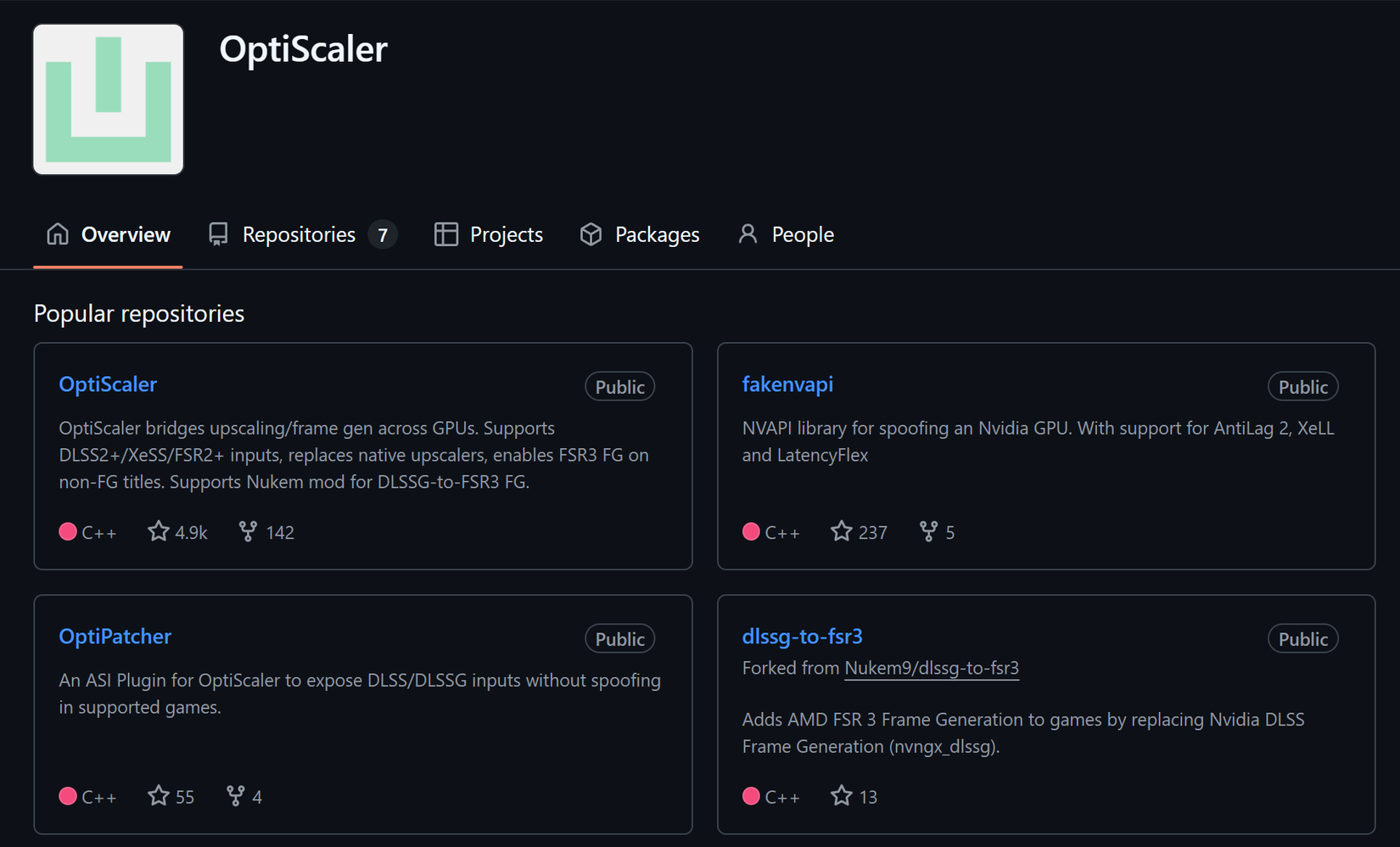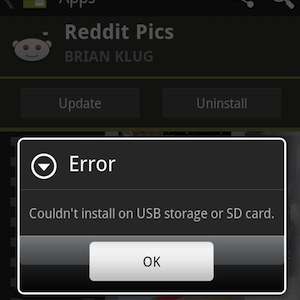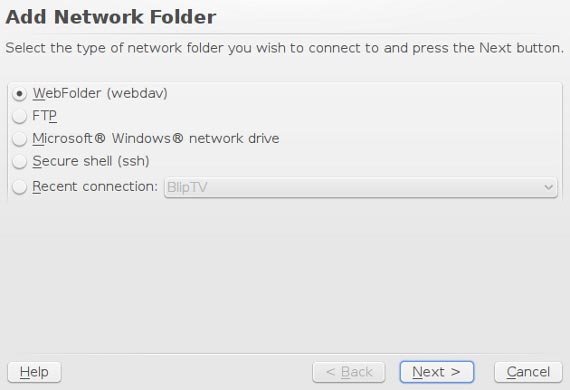Como usar FreeRADIUS com LinOTP 2 para autenticação de dois fatores
Introdução
Este howto orienta a configuração de autenticação RADIUS usando o LinOTP 2 Community Edition. O LinOTP é um backend de One Time Password (OTP) que permite autenticação de dois fatores com diversos dispositivos de hardware, tokens de software e SMS.
Importante: a edição Community usa a API web (AGPLv3) em vez de um módulo C específico. Por isso, a integração é feita através de chamadas HTTP simples.
A API
A edição Community do LinOTP fornece APIs web simples. Uma delas valida um OTP para um usuário. Exemplos de URL de validação:
https://yourServer/validate/check?user=....&pass=....ou
https://yourServer/validate/simplecheck?user=...&pass=...Use essas rotas para perguntar ao LinOTP se a senha de uso único (OTP) de um usuário é válida. A API é simples e fácil de integrar a scripts, módulos e proxies.
O FreeRADIUS
A combinação da API simples do LinOTP com módulos do FreeRADIUS facilita uma solução para OTP via RADIUS. Existem duas abordagens comuns:
- rlm_exec: executar um programa externo (menos eficiente)
- rlm_perl: usar Perl embutido no FreeRADIUS (o exemplo aqui usa rlm_perl)
Este howto mostra a versão com rlm_perl. O exemplo original do rlm_perl precisa apenas adaptar a função authenticate() para chamar a API do LinOTP e devolver o código apropriado ao FreeRADIUS.
A solução (módulo Perl para rlm_perl)
Abaixo está o módulo Perl de exemplo (pré-beta) que ilustra a ideia. Você precisará ajustar a variável $URL para apontar ao seu servidor LinOTP e configurar os arquivos do FreeRADIUS conforme indicado depois do código.
#
# This program is free software; you can redistribute it and/or modify
# it under the terms of the GNU General Public License as published by
# the Free Software Foundation; either version 2 of the License, or
# (at your option) any later version.
#
# This program is distributed in the hope that it will be useful,
# but WITHOUT ANY WARRANTY; without even the implied warranty of
# MERCHANTABILITY or FITNESS FOR A PARTICULAR PURPOSE. See the
# GNU General Public License for more details.
#
# You should have received a copy of the GNU General Public License
# along with this program; if not, write to the Free Software
# Foundation, Inc., 51 Franklin St, Fifth Floor, Boston, MA 02110-1301, USA
#
# Copyright 2002 The FreeRADIUS server project
# Copyright 2002 Boian Jordanov <[email protected]>
# Copyright 2011 linotp project <[email protected]>
#
# Based on the Example code for use with rlm_perl
#
#
=head1 NAME
freeradius_perl - Perl module for use with FreeRADIUS rlm_perl, to authenticate against
LinOTP http://www.linotp.org
=head1 SYNOPSIS
use with freeradius:
Configure rlm_perl to work with LinOTP:
in /etc/freeradius/users
set:
DEFAULT Auth-type := perl
in /etc/freeradius/modules/perl
point
perl {
module =
to this file
in /etc/freeradius/sites-enabled/
set
authenticate{
perl
[....]
=head1 DESCRIPTION
This module enables freeradius to authenticate using LinOTP.
TODO:
* checking of server certificate
=head2 Methods
* authenticate
=head1 AUTHOR
Cornelius Koelbel ([email protected])
=head1 COPYRIGHT
Copyright 2011
This library is free software; you can redistribute it
under the GPLv2.
=head1 SEE ALSO
perl(1).
=cut
use strict;
use LWP 5.64;
# use ...
# This is very important ! Without this script will not get the filled hashesh from main.
use vars qw(%RAD_REQUEST %RAD_REPLY %RAD_CHECK $URL);
use Data::Dumper;
$URL = "https://localhost/validate/simplecheck";
# This is hash wich hold original request from radius
#my %RAD_REQUEST;
# In this hash you add values that will be returned to NAS.
#my %RAD_REPLY;
#This is for check items
#my %RAD_CHECK;
#
# This the remapping of return values
#
use constant RLM_MODULE_REJECT=> 0;# /* immediately reject the request */
use constant RLM_MODULE_FAIL=> 1;# /* module failed, don't reply */
use constant RLM_MODULE_OK=> 2;# /* the module is OK, continue */
use constant RLM_MODULE_HANDLED=> 3;# /* the module handled the request, so stop. */
use constant RLM_MODULE_INVALID=> 4;# /* the module considers the request invalid. */
use constant RLM_MODULE_USERLOCK=> 5;# /* reject the request (user is locked out) */
use constant RLM_MODULE_NOTFOUND=> 6;# /* user not found */
use constant RLM_MODULE_NOOP=> 7;# /* module succeeded without doing anything */
use constant RLM_MODULE_UPDATED=> 8;# /* OK (pairs modified) */
use constant RLM_MODULE_NUMCODES=> 9;# /* How many return codes there are */
# Function to handle authorize
sub authorize {
# For debugging purposes only
# &log_request_attributes;
# Here's where your authorization code comes
# You can call another function from here:
&test_call;
return RLM_MODULE_OK;
}
# Function to handle authenticate
sub authenticate {
# For debugging purposes only
# &log_request_attributes;
my $ua = LWP::UserAgent->new();
my $req = HTTP::Request->new(GET => $URL . "?user=" .
$RAD_REQUEST{'User-Name'} . "&pass=" .
$RAD_REQUEST{'User-Password'} );
my $response = $ua->request( $req );
die "Error at $URL\n ", $response->status_line, "\n Aborting"
unless $response->is_success;
if($response->content =~ m/:\-\)/i) {
return RLM_MODULE_OK;
} else {
$RAD_REPLY{'Reply-Message'} = "LinOTP server denied access!";
return RLM_MODULE_REJECT;
}
}
# Function to handle preacct
sub preacct {
# For debugging purposes only
# &log_request_attributes;
return RLM_MODULE_OK;
}
# Function to handle accounting
sub accounting {
# For debugging purposes only
# &log_request_attributes;
# You can call another subroutine from here
&test_call;
return RLM_MODULE_OK;
}
# Function to handle checksimul
sub checksimul {
# For debugging purposes only
# &log_request_attributes;
return RLM_MODULE_OK;
}
# Function to handle pre_proxy
sub pre_proxy {
# For debugging purposes only
# &log_request_attributes;
return RLM_MODULE_OK;
}
# Function to handle post_proxy
sub post_proxy {
# For debugging purposes only
# &log_request_attributes;
return RLM_MODULE_OK;
}
# Function to handle post_auth
sub post_auth {
# For debugging purposes only
# &log_request_attributes;
return RLM_MODULE_OK;
}
# Function to handle xlat
sub xlat {
# For debugging purposes only
# &log_request_attributes;
# Loads some external perl and evaluate it
my ($filename,$a,$b,$c,$d) = @_;
&radiusd::radlog(1, "From xlat $filename ");
&radiusd::radlog(1,"From xlat $a $b $c $d ");
local *FH;
open FH, $filename or die "open '$filename' $!";
local($/) = undef;
my $sub = ;
close FH;
my $eval = qq{ sub handler{ $sub;} };
eval $eval;
eval {main->handler;};
}
# Function to handle detach
sub detach {
# For debugging purposes only
# &log_request_attributes;
# Do some logging.
&radiusd::radlog(0,"rlm_perl::Detaching. Reloading. Done.");
}
#
# Some functions that can be called from other functions
#
sub test_call {
# Some code goes here
}
sub log_request_attributes {
# This shouldn't be done in production environments!
# This is only meant for debugging!
for (keys %RAD_REQUEST) {
&radiusd::radlog(1, "RAD_REQUEST: $_ = $RAD_REQUEST{$_}");
}
}
1; Você precisará configurar alguns arquivos do FreeRADIUS e adaptar a variável $URL dentro do módulo Perl para apontar ao servidor LinOTP correto.
Configurações necessárias (resumo prático)
- /etc/freeradius/users: adicionar regra DEFAULT Auth-Type := perl para usuários que usarão o módulo.
- /etc/freeradius/modules/perl: apontar o campo module para o arquivo Perl acima.
- /etc/freeradius/sites-enabled/
: incluir a chamada ao módulo perl na seção authenticate. - Ajustar $URL no código Perl para https://
/validate/simplecheck ou /check conforme sua escolha.
Segurança e boas práticas
Important: por simplicidade o exemplo não valida o certificado SSL do LinOTP. Em produção, sempre valide o certificado do servidor (CA confiável ou certificate pinning). Considere:
- Usar LWP::UserAgent configurado com SSL_ca_file/SSL_ca_path.
- Monitorar e limitar tentativas de autenticação (proteção contra brute-force).
- Registrar eventos de autenticação sem expor OTPs.
- Considerar redundância e balanceamento para alta disponibilidade.
Quando isso falha (cenários e sintomas)
- Resposta HTTP com erro ou timeouts: verifique conectividade, firewall e certificados.
- LinOTP responde que o OTP é inválido: checar horário do token, sincronização e políticas do LinOTP.
- Erros no FreeRADIUS: verifique logs do rlm_perl e ative log_level/verbosity para depurar.
- Escalabilidade: rlm_perl usa threads/proc do FreeRADIUS; para grande volume, prefira integração em C ou proxy dedicado.
Abordagens alternativas
- rlm_exec: chamar um script externo (shell/python) — mais simples, porém menos performático.
- Módulo C customizado: mais eficiente e integrado, mas exige desenvolvimento em C.
- Proxy RADIUS: colocar um servidor RADIUS frontal que traduza e faça caching de respostas OTP.
- Uso de PAM: integrar LinOTP via PAM e deixar FreeRADIUS apontar ao PAM local (se aplicável).
Checklist de implantação (para equipes)
- Administrador de identidade:
- Configurar tokens no LinOTP.
- Testar API /validate/simplecheck com curl.
- Administrador de rede/infra:
- Garantir conectividade TLS entre FreeRADIUS e LinOTP.
- Configurar certificados e verificação de CA.
- Operações/Reliability:
- Monitorar latência e erros HTTP.
- Planejar escalonamento e redundância.
- Segurança/Compliance:
- Garantir logging seguro (sem OTPs).
- Testar recuperação e procedimentos de bloqueio de usuários.
Mini-metodologia de implementação
- Validar endpoints do LinOTP via curl ou Postman.
- Ajustar $URL no módulo Perl e executar testes locais do rlm_perl.
- Atualizar /etc/freeradius/modules/perl e /etc/freeradius/users.
- Testar autenticação RADIUS com radclient ou com um NAS de teste.
- Habilitar logging e validar comportamento sob carga.
- Colocar em produção com monitoramento e rollback plan.
Glossário rápido (1 linha por termo)
- OTP: One Time Password, senha de uso único.
- RADIUS: Remote Authentication Dial-In User Service, protocolo de autenticação centralizada.
- LinOTP: backend open-source para gestão e validação de OTPs.
- rlm_perl: módulo do FreeRADIUS que permite executar código Perl durante o fluxo RADIUS.
Conclusão
Este exemplo demonstra como é simples integrar o FreeRADIUS ao LinOTP 2 via API web usando rlm_perl. É adequado para provas de conceito e ambientes de médio porte, mas em produção exige tratamento de erros, validação TLS, monitoramento e planeamento de alta disponibilidade.
Resumo final:
- Use a API /validate para verificar OTPs.
- Ajuste $URL e configure FreeRADIUS para chamar o módulo Perl.
- Melhore segurança validando certificados e adicionando limites/monitoramento.
Important: este é um exemplo educativo. Não use em produção sem reforços de segurança (validação TLS, tratamento de erros, logs e redundância).
Notas: se preferir maior desempenho ou integração nativa, avalie escrever/usar um módulo em C ou um proxy RADIUS dedicado.
Materiais semelhantes

Instalar e usar Podman no Debian 11
Apt‑pinning no Debian: guia prático

Injete FSR 4 com OptiScaler em qualquer jogo
DansGuardian e Squid com NTLM no Debian Etch

Corrigir erro de instalação no Android
